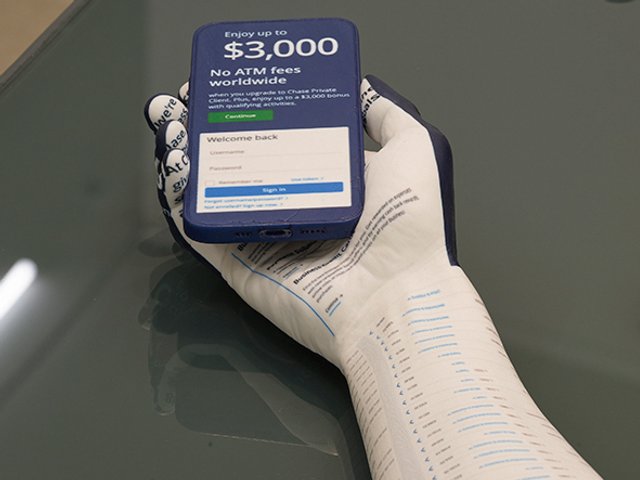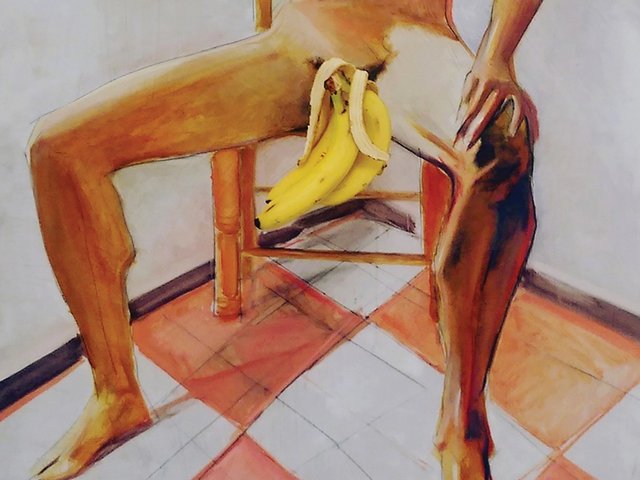Once a Silicon Valley software engineer and now an artist with a focus on the digital, Gretchen Andrew creates works that make the invisible impacts of technology visible. Her latest series takes aim at the unachievable beauty standards that are being created and perpetuated on social media. “When I grew up it was commonly said that celebrities and pageant queens made beauty standards ‘impossible’. Now, they are literally impossible,” Andrew says. “The bodies we are seeing on social media do not exist; they are digitally manipulated portraits. I was drawn to the way technology and artificial intelligence (AI) were changing our perception of other people and of ourselves.”
In her latest series of works, titled Facetune Portraits: Universal Beauty, Andrew takes images of contestants from the Miss World international beauty pageant and uses the phone apps Facetune and Body Tune to “enhance” the image using AI. These digitally modified photos are colloquially known as “facetuned”. Andrew, who has written on art and technology for The Art Newspaper since 2020, has worked with the creative robotics company Matr Labs to create her paintings in a process that is as tech-heavy as the facetuning itself. First, an oil paint printer makes the original, unmodified image and then the wet oil painting is put through an XY-axis drawing robot. “The robot, instructed by the discrepancies between the original image and an AI-modified (facetuned) version, adds brushstrokes where lines have changed,” Andrew explains. “This process visually highlights the AI’s alterations, creating messy paint strokes that attempt to reconcile the differences, rather than seamlessly editing pixels.”
The resulting works are unsettling, with the robotic scribbles cutting lines through the women’s bodies and making their smiling faces unrecognisable—but that discomfort is the point. “We’re often told to be different—by society, family or even algorithms. I wanted to create a single portrait where our authentic selves and the ‘ideal’ self messily coexist,” Andrew says. “I was inspired by artists like Frank Auerbach and Alberto Giacometti, who depict multiple perspectives, and I wanted to incorporate the multiple ways we are seen to create a portrait of tension.” The provocative series has been making waves, winning the Acquisition Award at the Untitled Art Miami Beach fair last year, with shows at Hope 93 gallery in London earlier this spring and at Heft Gallery in New York, and with a major institutional acquisition to be announced soon.
Andrew emphasises that facetuning is an increasingly widespread practice today. “This is not a ‘teenage girls on TikTok’ issue,” she says. “Face and body modifying algorithms are built into Zoom, most mobile phone cameras and in a popular app called Manly, which says it will help you ‘Unleash your inner alpha’.” Andrew hopes that her portraits will show the ‘scars’ of using AI to modify ourselves and others, particularly for young people who may not understand these invisible digital processes and are easily influenced on social media.
The artist is not only criticising contemporary beauty standards, but also AI at large. “AI is boring,” she says. “There is a lot of talk about AI as this creative explosion but what I am seeing is AI making life more boring. Every website looks the same, every email is written the same, and our diverse bodies and faces are being compressed into a single look.” And social media is playing a part in this, too, she adds. “It reshapes how we think others and ourselves should look. Of course it’s doing the same for art.”
- Facetune Portraits: Universal Beauty, Heft Gallery, New York, until 21 June







